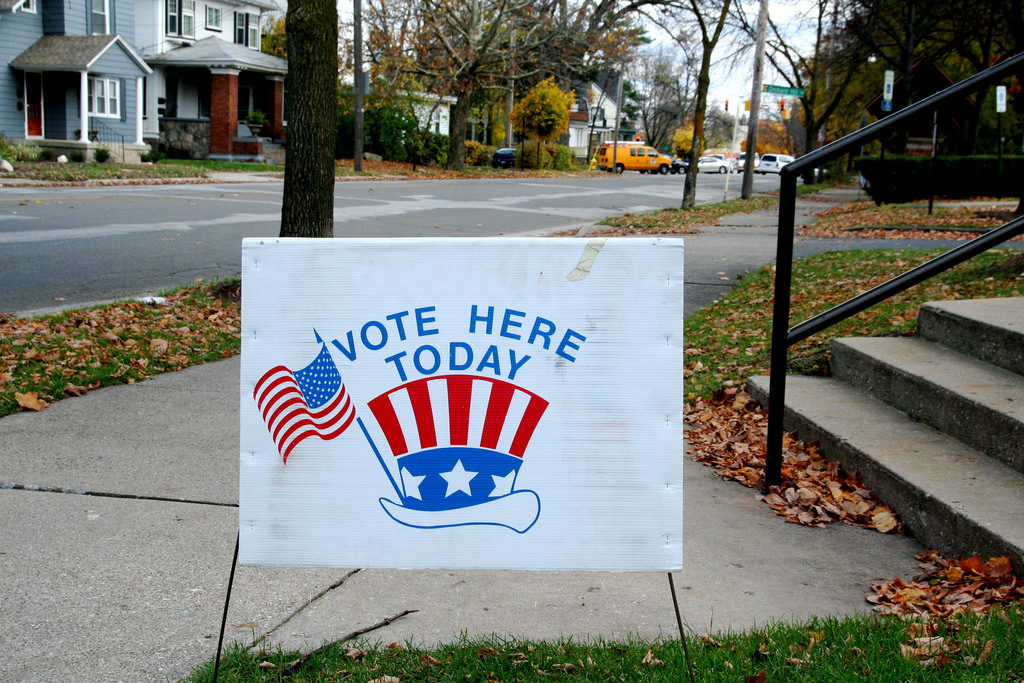November’s midterm elections showed a somewhat surprising electoral demographic figure that has the Democratic Party scratching its head in the Trump era. Although Hispanic voters are a vital part of the liberal caucus in Virginia and throughout the nation, Republicans are still able to resonate with at least one-third of the voter base, despite the president’s – and sometimes the GOP’s – rhetoric against immigrants and the party’s shift further to the political right on immigration policy.
AP found that 32 percent of Hispanics nationwide voted for Republicans on November 6, with other surveys echoing the support of one-third of the demographic for a GOP candidate – on track for the level of Hispanic support for President Donald Trump’s campaign in 2016, and for Republicans in the last decade.
While the president’s continuation of the “family separation policy,” tough stance on immigration, and ongoing fight to build a wall across the U.S.-Mexico border – which has led to the partial government shutdown that is likely to continue into next year – many are wondering why Hispanics are sticking with the GOP.
One reason behind the issue is that, like their Caucasian counterparts, the Hispanic voter base is split by gender – 61 percent of Hispanic men voted for a Democratic candidate in November, while 69 percent of Hispanic women did. Two groups within the demographic also stand out as especially likely to back Republican candidates – evangelicals, which comprise around 25 percent of Hispanics, and veterans, which make up around 13 percent of the voting base.
However, it is important to note that Republicans should not take relief in the news that their party resonates with one-third of the Hispanic voting base. The GOP is still losing the other two-thirds.
According to Pew Research, only 38 percent of Hispanics over the age of 18 in Virginia are eligible to vote. The 2014 figured on which the research was based shows that around nine percent of Virginians are Hispanic, which has likely grown in the four years since, and is bolstered by individuals that have fallen outside the reported figures.
Nevertheless, Republicans could see a future courting more of the traditional, conservative Hispanic voting base, especially in Northern Virginia.
The Virginia Public Access Project (VPAP) reports that the “foreign born” population in Loudoun, Arlington, and Prince William counties, as well as the surrounding cities, is between 20 and 25 percent, with Fairfax County at over 30 percent. While there is a vastly diverse set of individuals emigrating to the northernmost portion of Virginia, the Hispanic population is the fastest growing demographic, and has been for years.
To gain ground in the suburbs and exurbs of Virginia – where Republican support has been waning over the past few election cycles – Republicans must choose issues that attract some cross over voters while not repelling the conservative base. As well, instead of continuing the raucous rhetoric over issues as old as time itself, like essentially “sealing off” the borders, the GOP must be more welcoming if it seeks to keep its power to guide Virginia towards a pro-growth, pro-liberty future.
What one-third of Hispanics voting for Republican candidates means is not an end to the GOP’s foothold in the Hispanic community, but the beginning.

